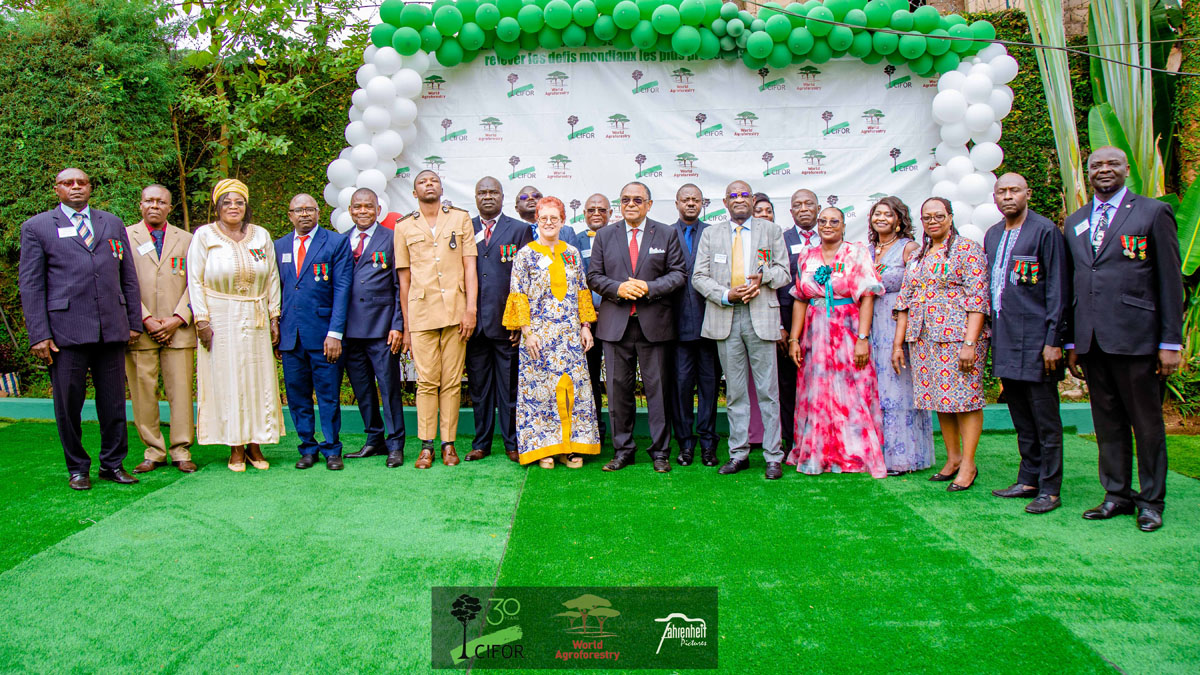Tropical wetland ecosystems, especially mangroves and peatlands, are carbon-rich ecosystems that should be considered to be part of climate change mitigation strategies. Globally, tropical mangroves store 20 PgC and tropical peatlands store 89 PgC. Most of these potentials reside in southeast Asia. Emission factors and activity data are among the most important components to carry out credible assessment. In this article, we explore and discuss emission factors and activity data in light of project development and national reporting using the upcoming IPCC methodologies for wetlands. Country-specific data are needed to reduce uncertainties and hence enhance the projects competitiveness. There are opportunities to improve local livelihoods through mitigation strategies in wetlands. Potential bundling with adaptation measures is also discussed.
DOI:
https://doi.org/10.4155/cmt.13.46
Altmetric score:
Dimensions Citation Count:

Publication year
2013
Authors
Murdiyarso, D.; Kauffman, J.B.; Verchot, L.V.
Language
English
Keywords
climate change, tropical, coastal areas, deforestation, impact, carbon, emission, mangrove swamps, wetlands, peatlands























